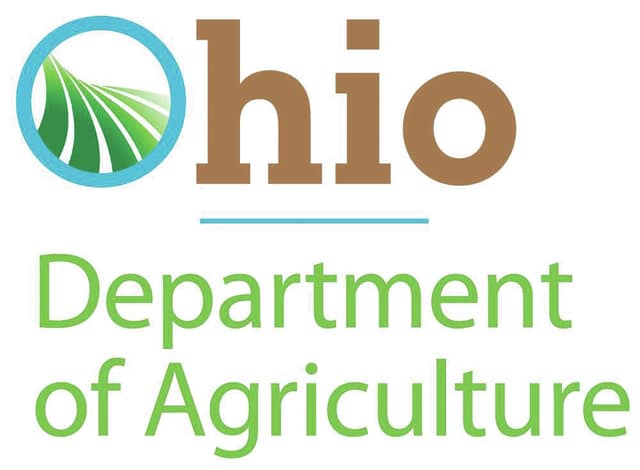

XENIA — State officials announced Tuesday a ban on all live bird exhibitions in Ohio – including the Greene County Fair – in a move designed to protect against the spread of avian flu. According to a release from the Ohio Department of Agriculture (ODA), no cases of highly pathogenic avian influenza (HPAI) have been reported in the state, and the ban “is intended to continue that status.”
Mark Everman, director of the poultry barn for the Greene County Agricultural Society, said he had “mixed emotions” about the decision.
“I hate it for the kids that … have been raising the birds, that they don’t get to exhibit their hard work,” he said. “But on the same note I understand, you’re talking … a $2 billion industry in the state of Ohio. That’s part of our job also is to teach them to be stewards of the industry as a whole, not just to show at the fair.”
Everman said an alternative will be offered to those who raised birds to show.
“We are working to provide some kind of show even without the birds being at the fairgrounds,” he said.
The bird ban includes county and independent fairs, the Ohio State Fair and all other gatherings of birds for show or for sale, including auctions and swap meets.
“This was a difficult decision because it means young people can’t show their birds at fairs, but it’s in the best interest of an industry that literally thousands of Ohio families and businesses depend on and which provides billions of dollars to our state’s economy,” ODA Director David Daniels said in the release. “The right move isn’t always the easy move, but this is the right move, especially when you see just how devastating the virus has been to other big poultry states like Iowa and Minnesota.”
The bird flu has forced other poultry-producing states such as Iowa and Minnesota to kill millions of birds to prevent the spread of the disease. According to United States Department of Agriculture data, more than 44 million birds have been affected by the disease nationwide.
According to the ODA, Ohio is the second largest egg producer in the country and home to 28 million laying chickens, 12 million broilers, 8.5 million pullets and 2 million turkeys. Ohio’s egg, chicken and turkey farms are responsible for more than 14,600 jobs and contribute $2.3 billion to the state’s economy.
“One of the ways avian influenza spreads is by direct contact with contaminated materials coming from other infected birds,” State Veterinarian Dr. Tony Forshey stated in the ODA’s release. “This means that exhibitions, auctions and swap meets where birds are co-mingling pose a high risk of unintentionally spreading this disease. Until we can be sure that there has been no transference from the wild bird population migrating through the state, we need to do all we can to minimize the exposure for our domestic birds.”
Ohio’s cancellation of bird shows follows other states which have made similar moves for the 2015 fair season, including Indiana, Pennsylvania, West Virginia and Michigan.
While according to the Centers for Disease Control and Prevention (CDC), the health risk for the general public from recent HPAI outbreaks is “low at this time,” information from the organization does note that “it is possible that human infections with these viruses may occur.” Cases of human infections with these viruses are classified as “rare” by the CDC.
Sick birds or unusual bird deaths should be reported to the ODA at 614-728-6220 or to the United States Department of Agriculture at 1-866-536-7593.



